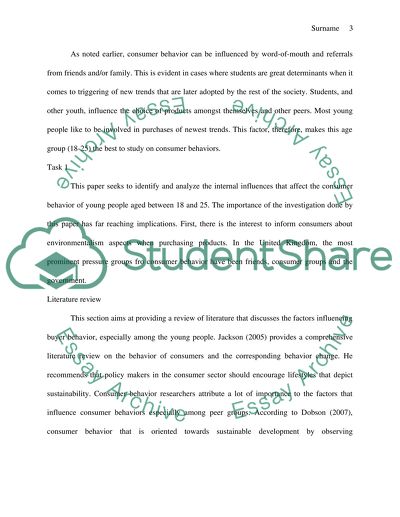Cite this document
(“Shopping Trends in Leeds UK Essay Example | Topics and Well Written Essays - 2750 words”, n.d.)
Retrieved from https://studentshare.org/marketing/1396768-shopping-trends-in-leeds-uk
Retrieved from https://studentshare.org/marketing/1396768-shopping-trends-in-leeds-uk
(Shopping Trends in Leeds UK Essay Example | Topics and Well Written Essays - 2750 Words)
https://studentshare.org/marketing/1396768-shopping-trends-in-leeds-uk.
https://studentshare.org/marketing/1396768-shopping-trends-in-leeds-uk.
“Shopping Trends in Leeds UK Essay Example | Topics and Well Written Essays - 2750 Words”, n.d. https://studentshare.org/marketing/1396768-shopping-trends-in-leeds-uk.


